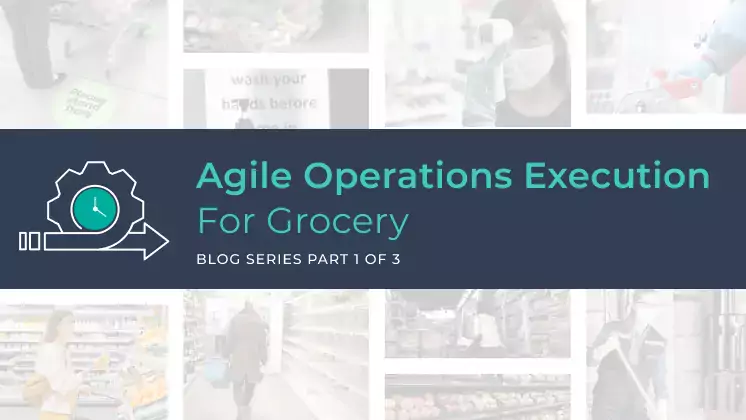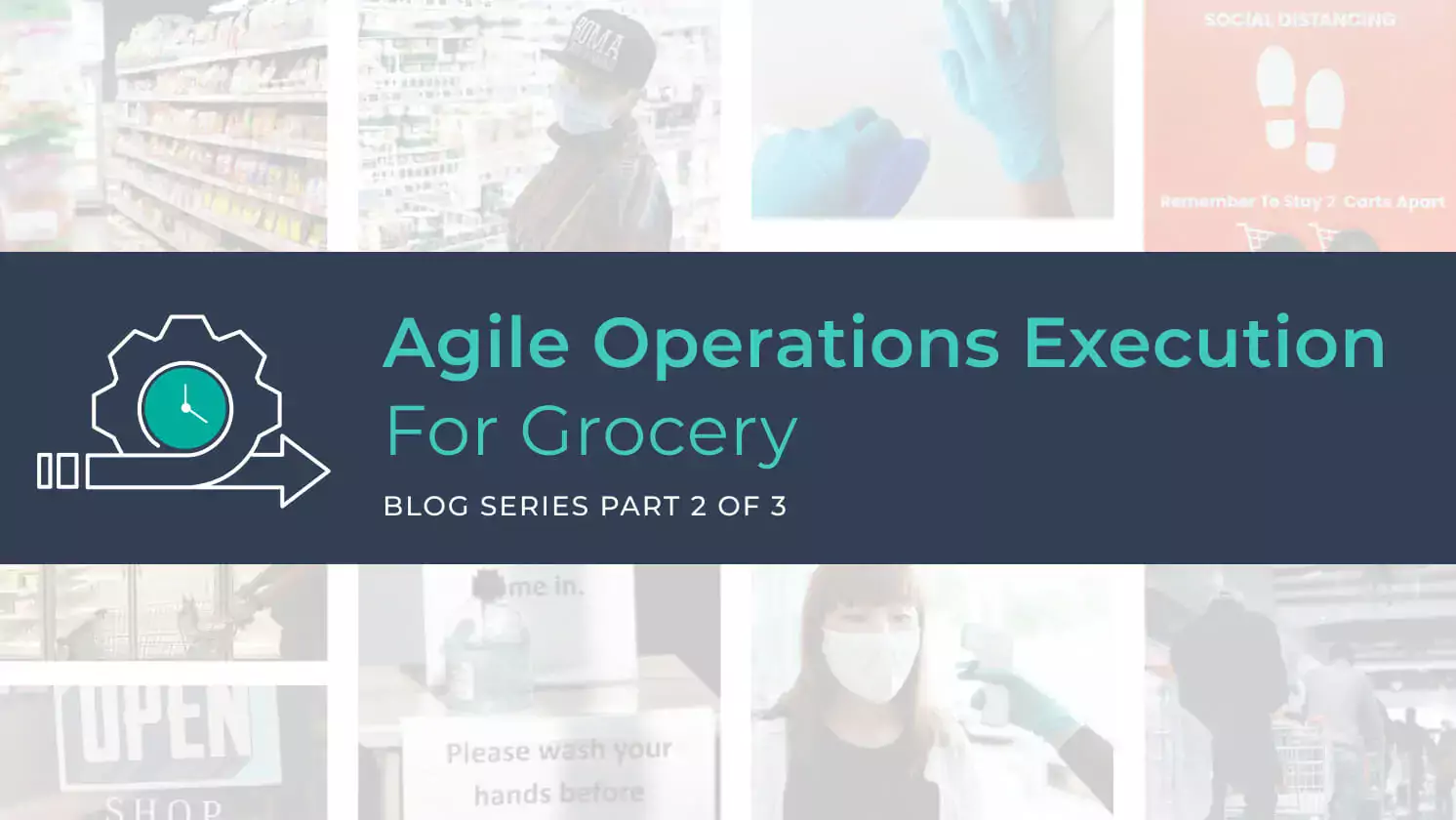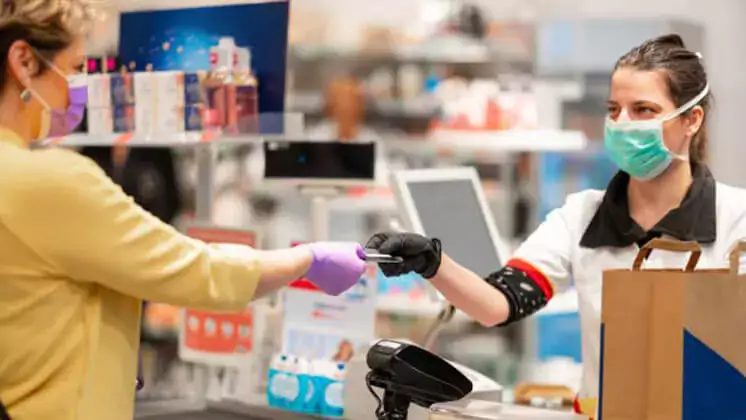Agile Operations Execution for Grocery: Part 3 of 3
We've explored the optimized roll out of strategies and initiatives, and how to ensure compliance against these procedures in parts one and two of the grocery agility blog series. In the final installment we'll explore how to increase productivity around the execution of this work.
Driving Productivity Across Your Entire Workforce
Until recently, the relationship between operations leaders and their grocery stores was a long distance one—only checking in every few weeks or months, not having a sense of the day to day, how work is going, what issues have come up, what has or hasn’t been addressed. Without the proper oversight, productivity can suffer.
Digitizing and automating the important tasks at hand can help employees to have a clear understanding of what needs to be done, prioritize work, save time communicating out the work that has been completed, etc. Automating and removing human error wherever you can through the use of IoT devices relieves employees of certain work or helps make it much faster, giving them time back during their shift which can be used on other pertinent tasks. A second and equally important benefit of automating through IoT devices is the additional data ops leaders are given about what’s happening in store.
How do you give store managers a clear view of the work they need to do?
Field and store employees’ time is valuable. Clear view of work that must be done in store each day means employees don’t waste time shuffling through paper forms and scanning them to their management.
And when issues at stores arise, automated follow-up tasks automatically get routed to the appropriate parties, saving store managers the back-and-forth with their management trying to sort out the issue.
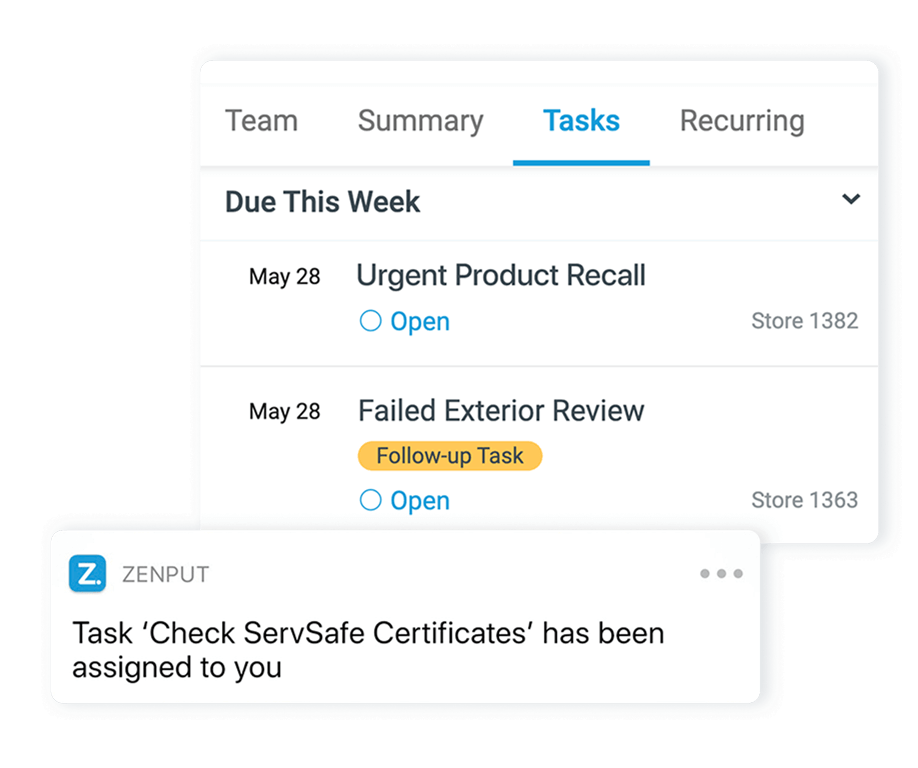
Above, a store manager can see a clear view of the tasks that they need to do for the day, including any work that needs to be done to resolve an issue at the store. They have a clear picture of what to do, when the work is due, and the status of the task. With a clear understanding of what store managers need to do, they can spend their time more efficiently and be more productive at work.
How can you ensure equipment temperature is always within range?
Automated temperature monitoring of your store equipment saves employees time, reduces food safety risks, and increases productivity.
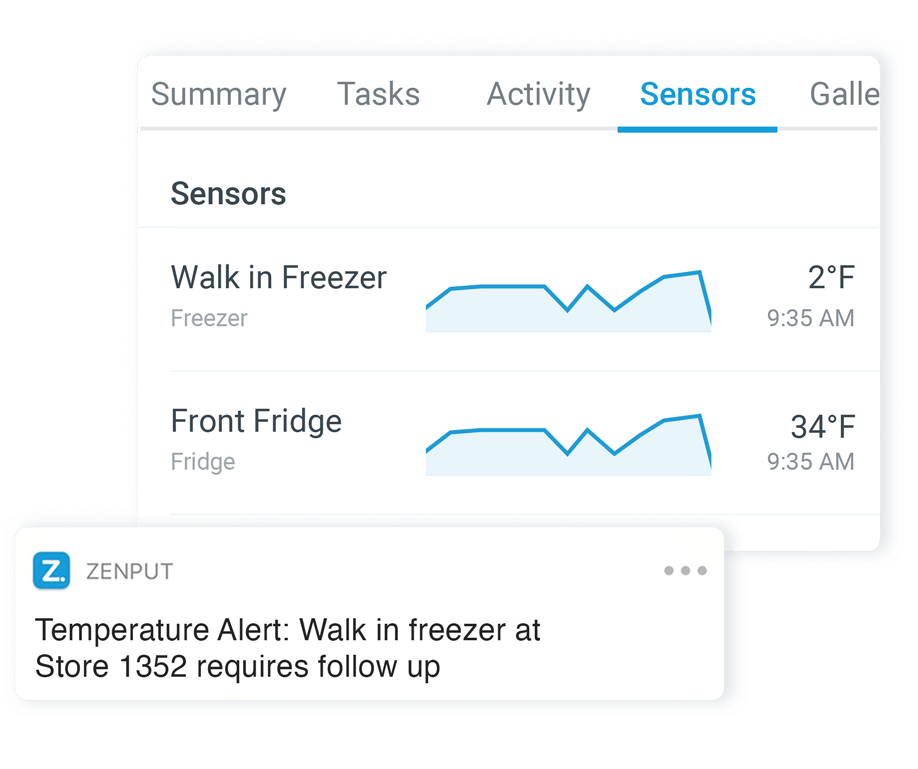
Above, a store manager can view the temperatures of every piece of equipment in his/her grocery store and the status of the sensors. When temperatures go out of range, the right employees are immediately notified.
How can employees quickly and accurately create food preparation labels at stores?
Accurately labeling pre-prepared food items during storage and prep is critical to a strong food safety operation. Handwriting labels is both a tremendous use of employees’ time, but often results in errors and the increased risk of serving expired food to customers.
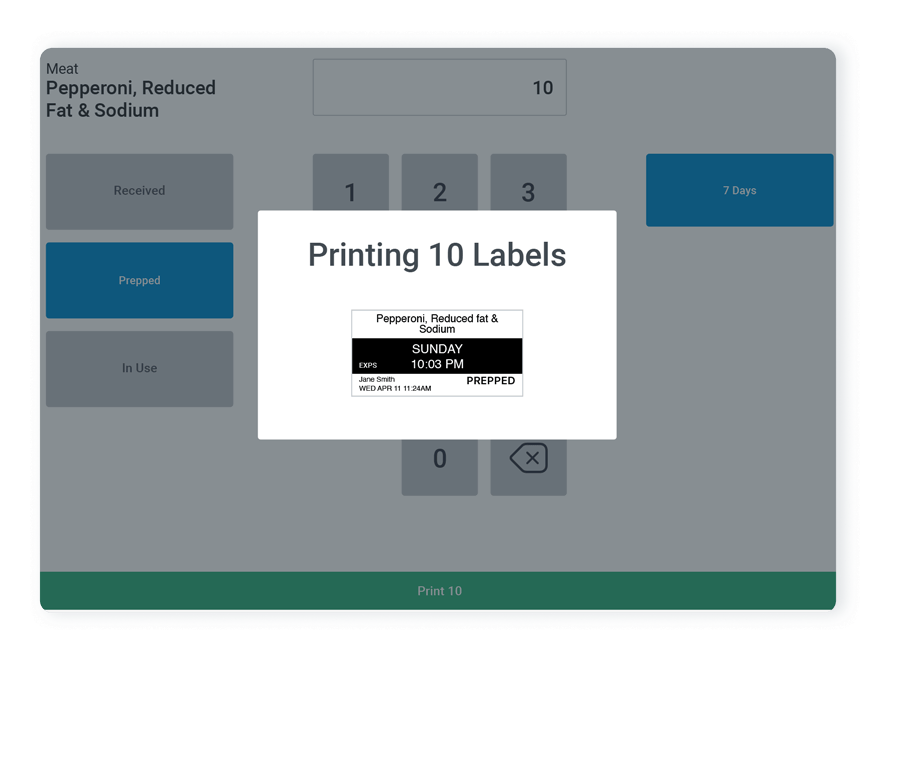
Above, a store employee can print out labels with automatically calculated dates for all their prepared food products in minutes, saving them time and reducing the food safety risks associated with preparing and serving past-date products to customers.
Inevitably, technology will play a major role in grocery operators achieving operational agility. Operators need the right tool to not only launch critical updates, but to also communicate and ensure execution across all critical areas including food safety, marketing promotions, brand standards, and more.
With the right technology in place, you can communicate the right actions around core operating procedures and beyond, have clear visibility into the work that is being done, and empower all employees, from headquarters to district managers to store employees, to become more accountable and help keep both employees and customers safe.
While the pandemic has forced quick change in the grocery industry, it has brought about a new normal. This will become the competitive edge moving forward. Without creating agility you won’t be able to keep up.
Subscribe to our blog
You are now subscribed!
